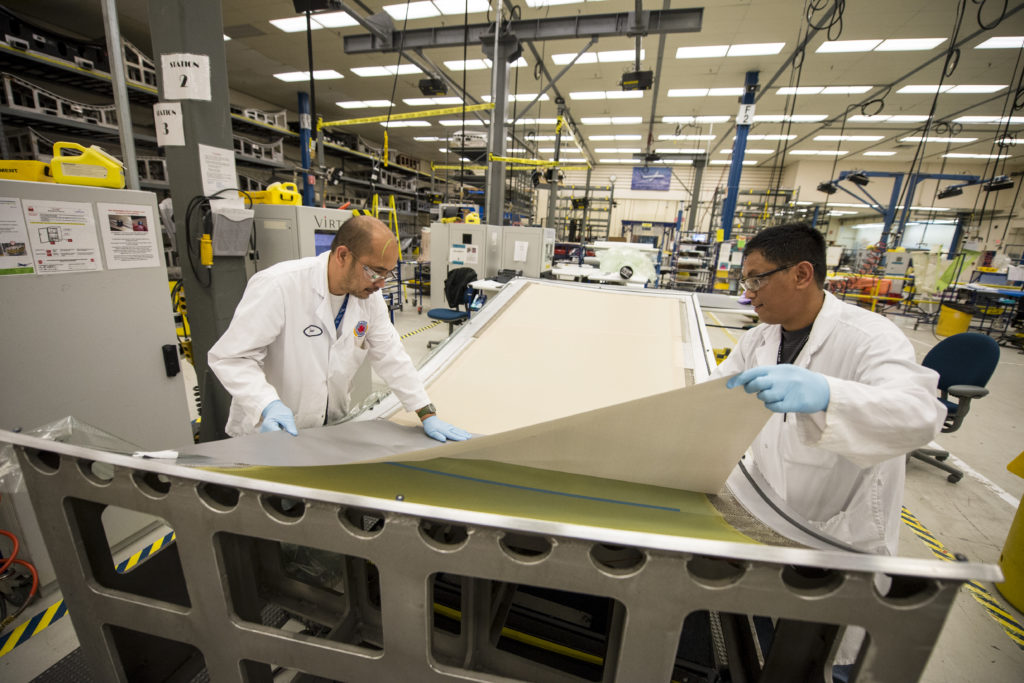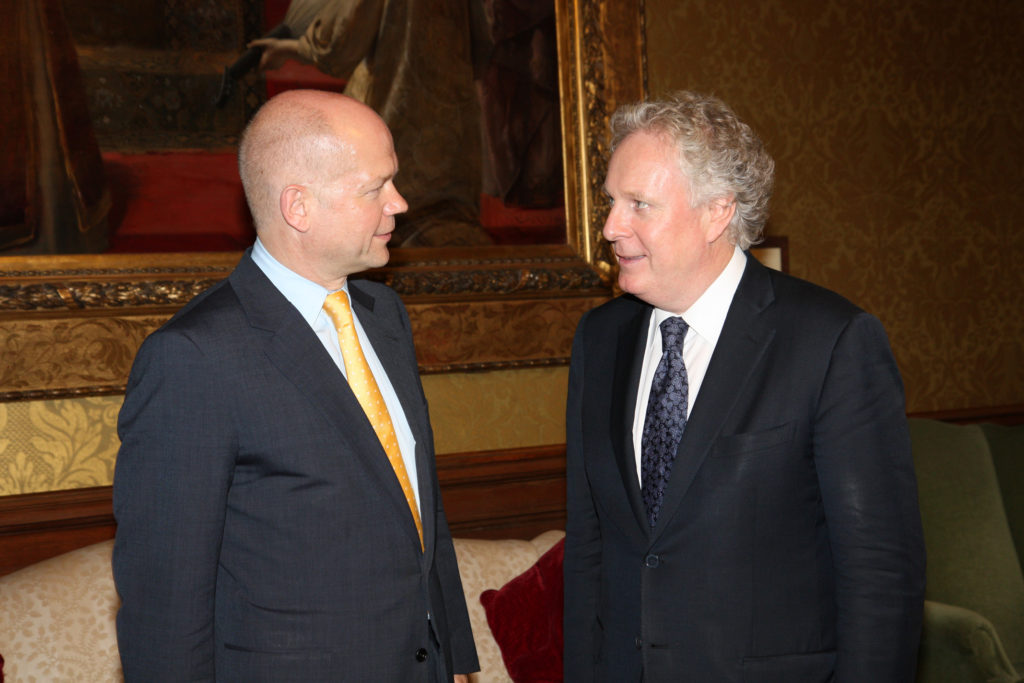Estimated reading time 4 minutes, 28 seconds.
On Oct. 9, 2018, the Aerospace Industries Association of Canada officially launched Vision 2025, to be led by Jean Charest, currently a partner at McCarthy Tétrault.

Vision 2025: Beyond our Imagination is an industry-led initiative to start a new dialogue between industry, government, the public, and other stakeholders that will chart a course for Canada’s future in the international aerospace sector.
“I am excited about the strength of our aerospace sector, and the opportunity we have to capitalize on that strength to become a global powerhouse,” said Charest.
“Canadian aerospace plays a major role in the economic health of our nation. Vision 2025 will ensure that the industry, which spans civil aviation, defence and space, works together with government and communities to ignite Canadian innovation, trade, jobs and prosperity for years to come.”
Canada is the world’s fifth largest aerospace industry, contributing nearly $25 billion to Canada’s economy and almost 190,000 jobs in 2017 alone.
Yet, as countries with established aerospace sectors develop policies and strategies to advance their market share, and as nations with emerging aerospace industry aggressively pursue entry in the sector, Canada will need a cohesive strategy to maintain and grow its strong global presence.
“Aerospace is growing and evolving at an unprecedented rate, and Canada can’t afford to be complacent. New markets are opening and new players are shaping the highly competitive landscape,” said Jim Quick, president and CEO of AIAC.
“In a fiercely competitive global economy, Canada needs industry and government to come together behind a focused, long-term vision and strategy for the sector. That’s why Vision 2025 is essential to our success.”

Vision 2025 will convene industry leaders, educators, government representatives and communities to share their expertise, vision and ambitions for the future of the aerospace sector. AIAC will be reaching out to government and industry members throughout the fall and winter 2018/2019, and Charest will lead discussions in several cities with strong aerospace industry, including Toronto, Montreal, Vancouver and Halifax.
AIAC will also engage on Vision 2025 at the 2018 Canadian Aerospace Summit in Ottawa on Nov. 13 and 14.
Vision 2025 will culminate in a report that reflects the input gathered through these events and sets priorities for a national aerospace strategy going forward.
“I look forward to having open, productive conversations about how Canada can leverage our competitive advantages, and overcome barriers to growth and innovation so that our aerospace industry continues to succeed in the face of global risk and uncertainty,” said Charest.
Quick Facts:
- Last year, Canadian aerospace manufacturing ranked among the highest in the world in terms of total manufacturing GDP;
- Aerospace’s share of science, technology, engineering and math (STEM) workers is three times the national manufacturing average. Women make up nearly a quarter of all STEM-related aerospace jobs in Canada;
- Aerospace leads Canada’s manufacturing sector in innovation-related investment, spending over $1.8 billion on research and development (R&D) annually–nearly a quarter of all manufacturing R&D;
- Canada ranks first globally in civil flight simulation and second worldwide in business aircraft production;
- Despite the strong showing in the measurements cited above, while other countries have been increasing their investments in space, Canada has fallen from eighth place in
- 1992 to 18th place (as a percentage of GDP), and hasn’t had a long-term plan to guide Canada’s investments for decades;
- Canada’s aerospace manufacturing employment has declined by five per cent and its GDP contributions have declined by four per cent since 2012.








